Issues
Climate change, rapid urbanization, species extinction, and inequity make the need for sustainable landscape solutions greater than ever.
1.7 Earths
are needed to provide the resources we currently consume and absorb our waste.
Amount average surface temperatures could rise by the end of this century
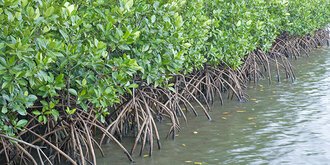
2 billion hectares of degraded land worldwide – an area the size of South America – are available for restoration.
Nature-based solutions
can provide 37% of the mitigation needed by 2030 to keep global temperature rise below 2°C.

People per year that have been displaced by natural disasters since 2008

Green spaces improve cognitive development in children.
Over the next 15 years, the world will invest US$90 trillion in infrastructure, more than all of the infrastructure that is in place today.
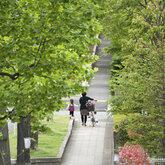
Spending time in green spaces reduces stress and improves concentration.

Between 200 and 2,000 species become extinct every year.
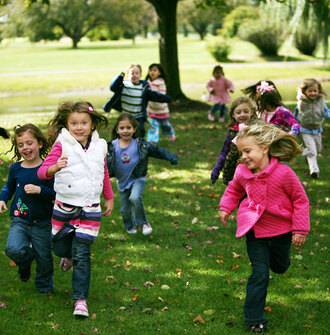
A California study suggests that if all children had commensurate access to parkland and recreation programs near their homes, over 9.5% of boys and 8.3% of girls would move from being overweight to being normal weight.
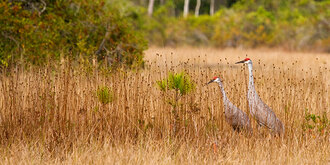
Global populations of fish, birds, mammals, amphibians and reptiles declined by 58% between 1970 and 2012.
"I, too, believe that landscape architects are uniquely qualified to lead the climate charge... Connecting to people and natural systems is what landscape architects do. It's time we start using them."
- Martin C. Pedersen, Common Edge
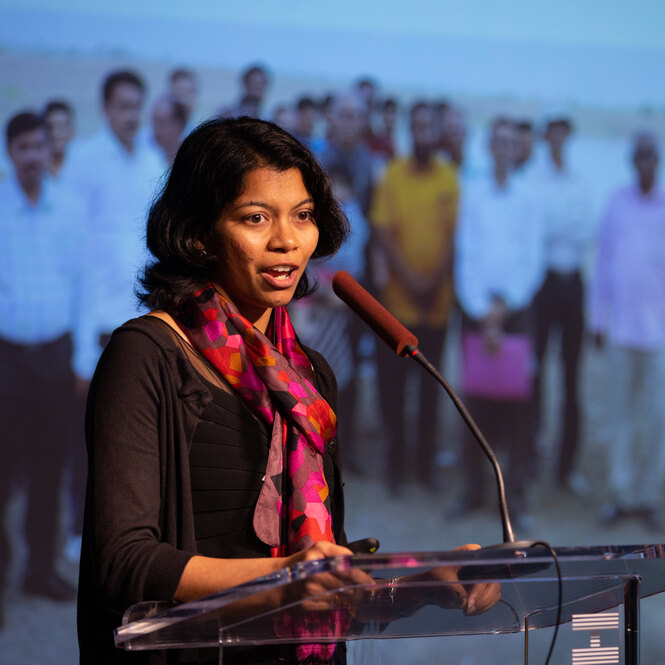
See how our first six LAF Fellowship recipients are tackling homelessness, water resources in India, and more.
Read MoreOur patterns of development need to change in a way that reimagines how we relate to our environment, our resources, and each other.
Landscape solutions – how we arrange and design our cities, communities, and their outdoor spaces – are fundamental to creating this alternate future.







